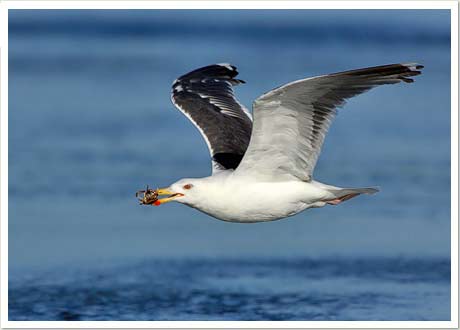|
 |
 |
 |
 |
| Sandy beaches are dynamic systems, constantly reshaped by shifting sands from wind, ocean waves and currents. Shorebirds that breed in this habitat lay their eggs in shallow scrapes in the sand, and forage for food in beach wrack. During winter months, sandy beaches frequently become cobble shores. |
 |
 |
|
 |
 |
|
|
 |
 |
 |
 |
 |
 |
 |
|
| Great Black-backed Gull |
PHOTO: 1 2 3 4 |
 |
|
 |
 |
| Great Black-backed Gulls are the largest "sea gulls" on Plymouth Beach, and are present year-round. They eat almost anything-- including marine invertebrates, human refuse, fish, and even other birds. They are considered a threat to the breeding birds on Plymouth Beach, including endangered and threatened species. The population of Great Black-backed Gulls as well as the similar Herring Gull has increased dramatically along with the increasing human population and associated disposal of refuse. |
|
|
|
|
|
|